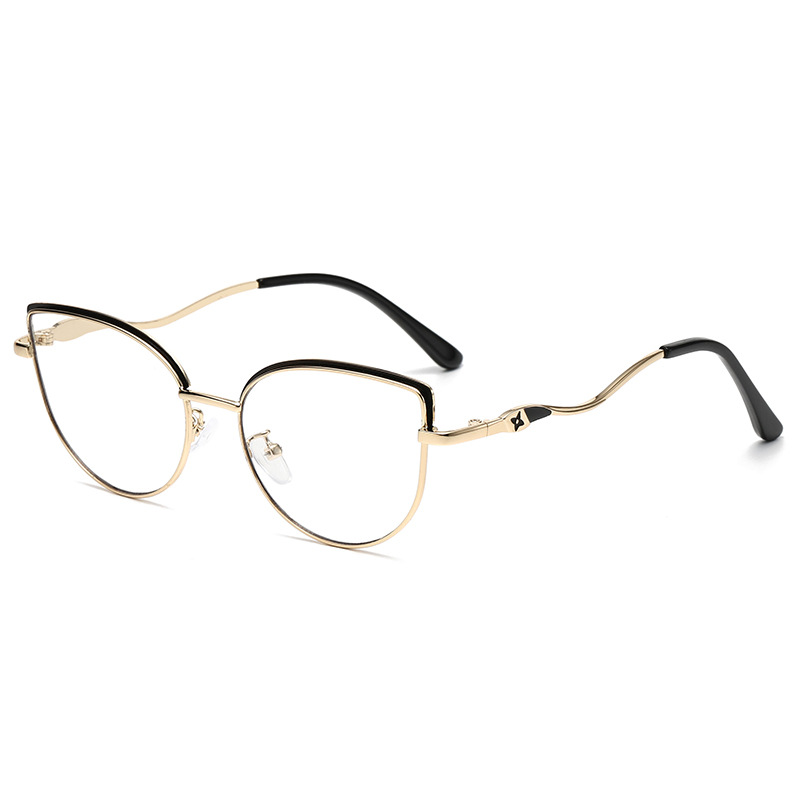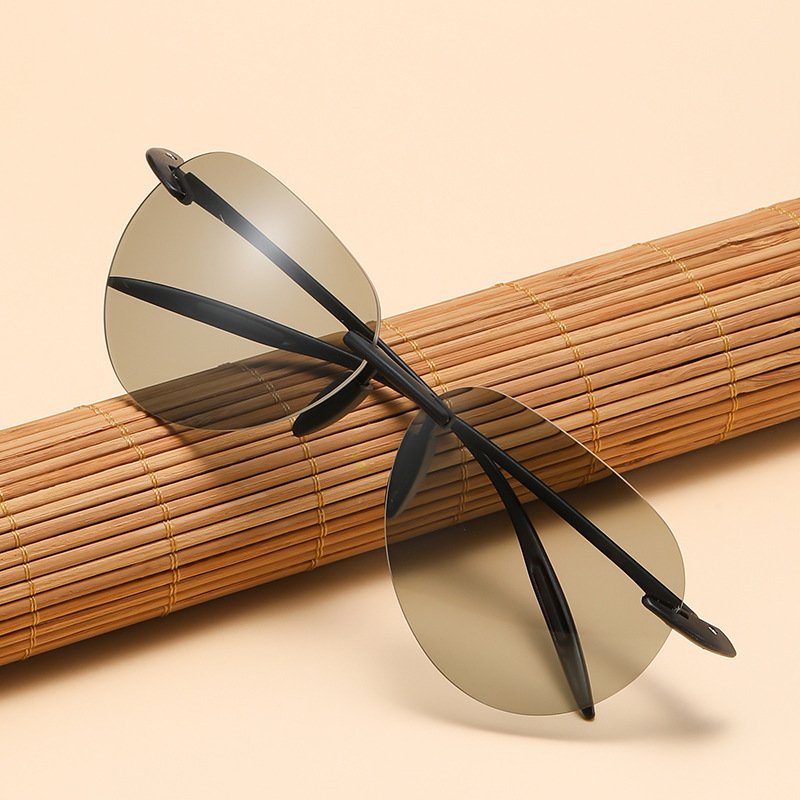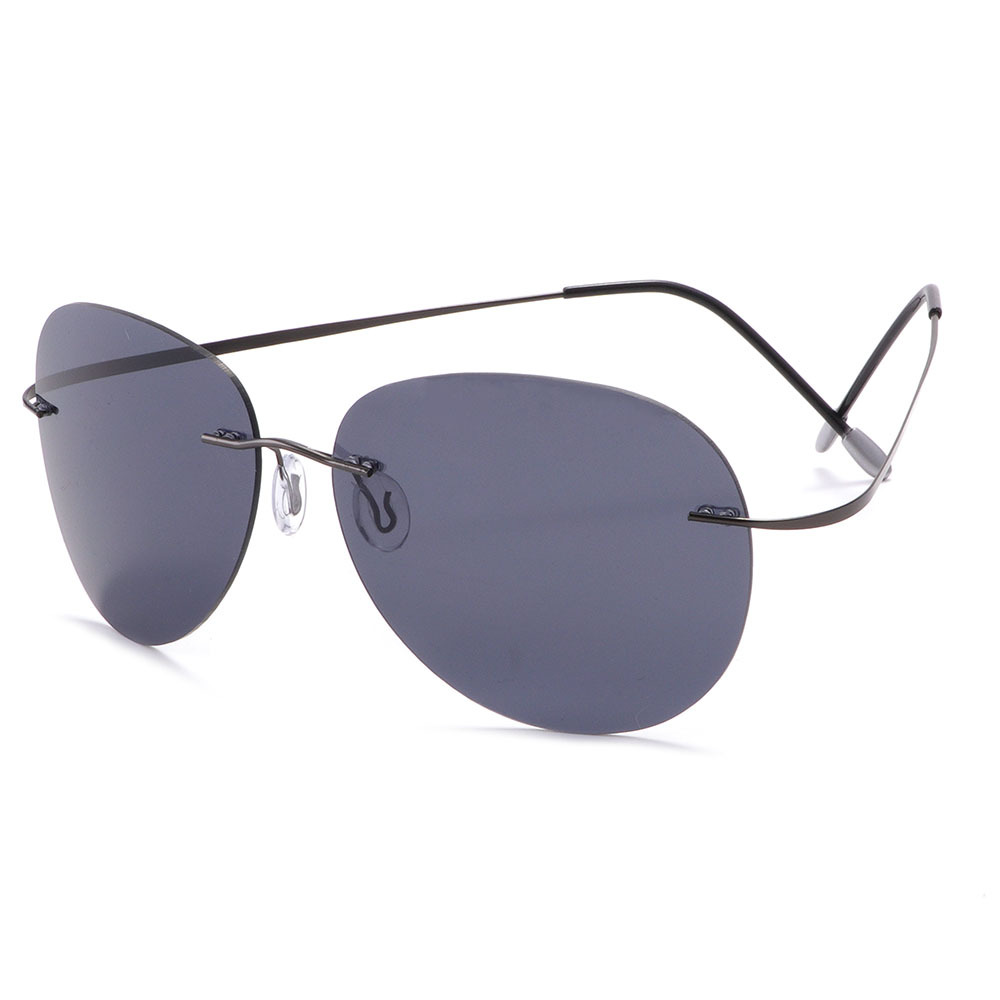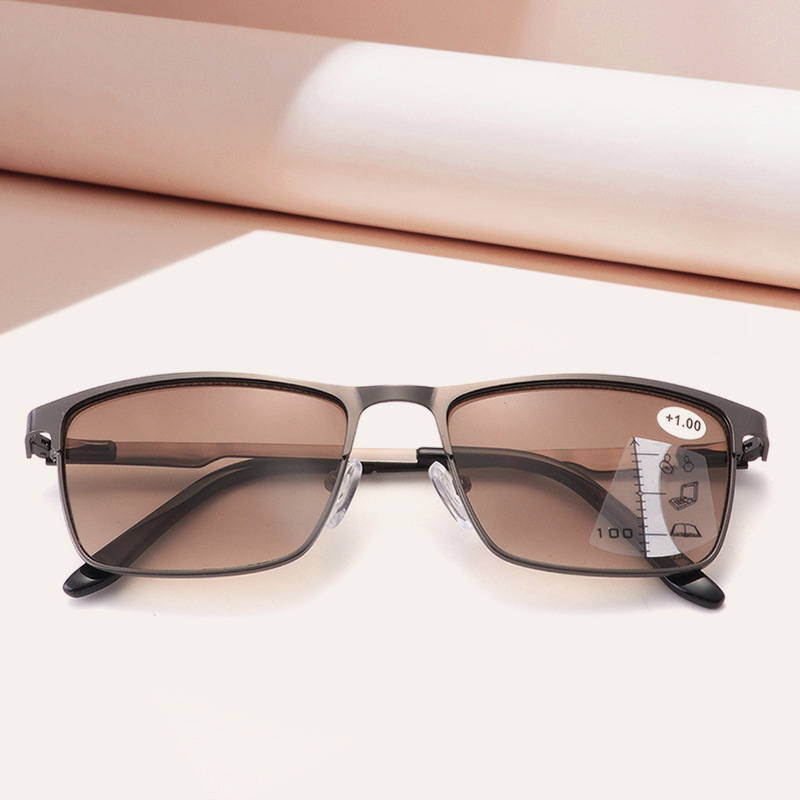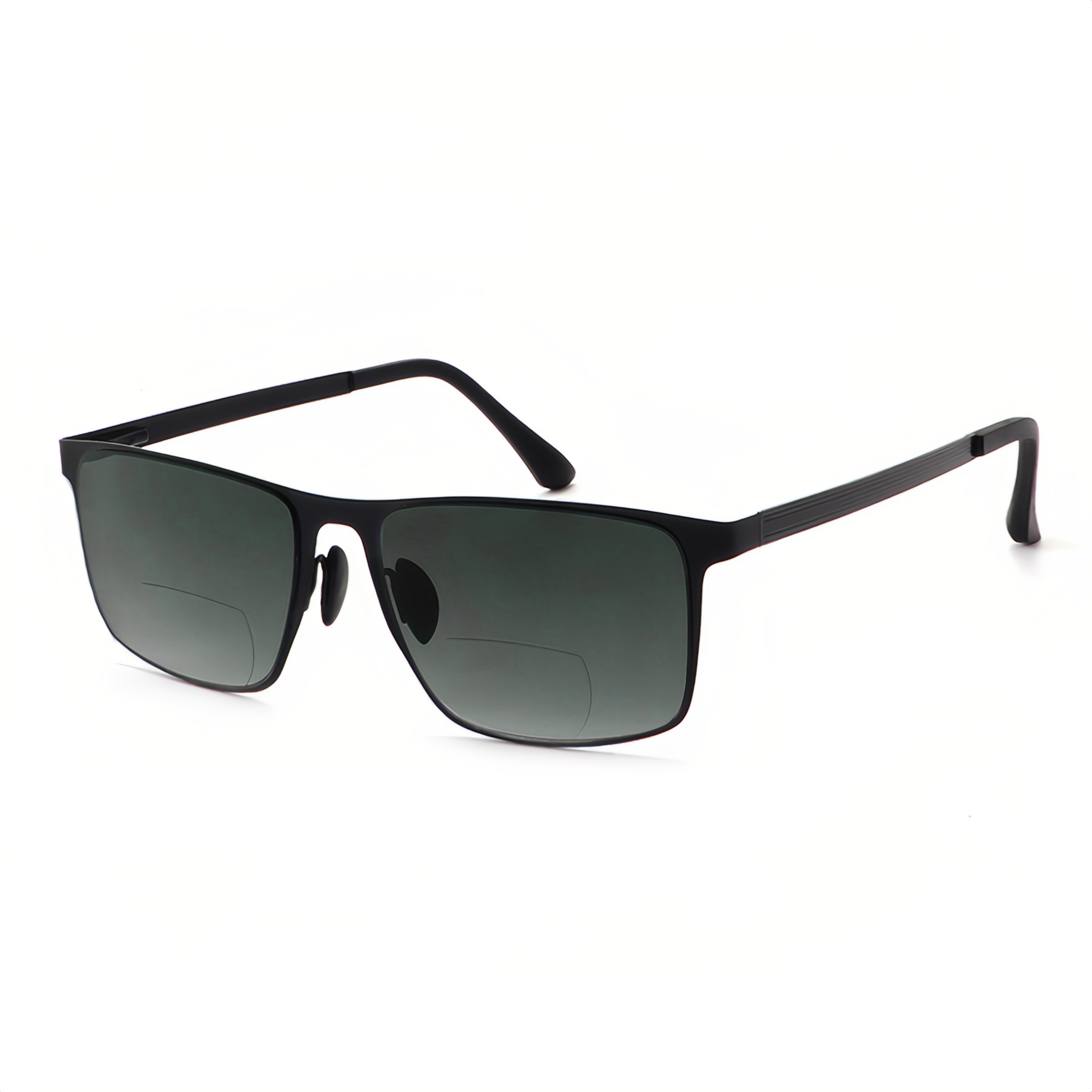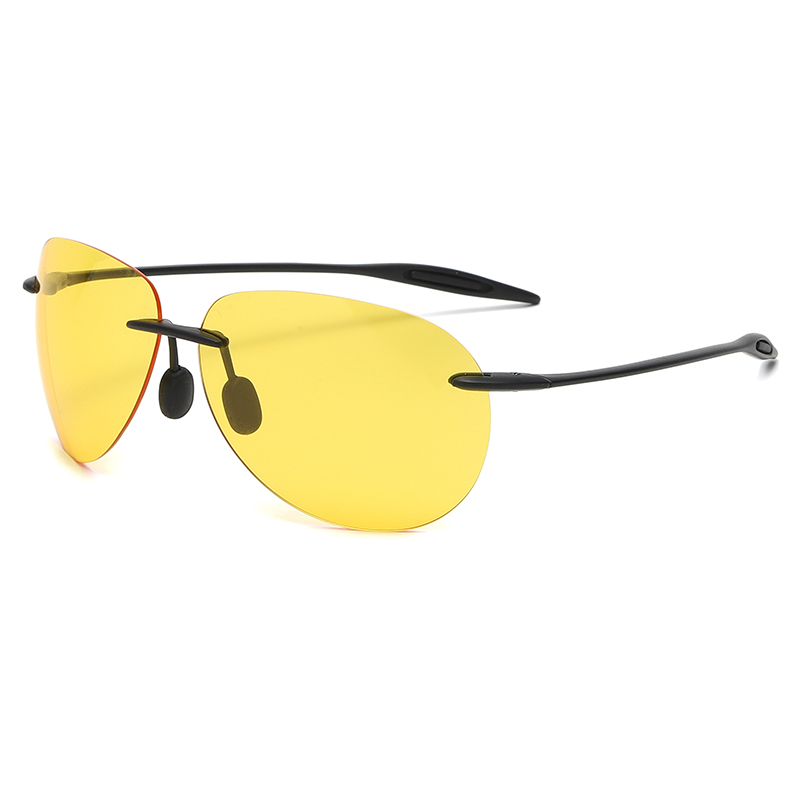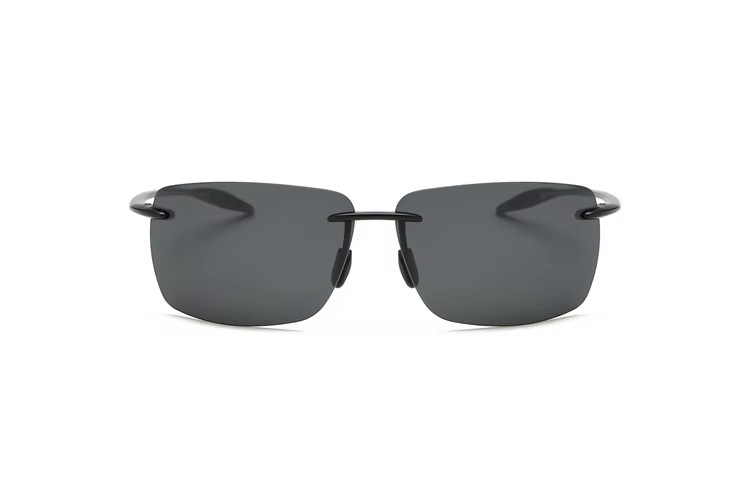Is There a Big Difference Between 1.25 and 1.50 Reading Glasses?
2025-06-12
When it comes to purchasing reading glasses, many people find themselves pondering over the significance of seemingly minor differences in lens powers. One common question that arises is, “Is there a big difference between 1.25 and 1.50 reading glasses?” While these two numbers may not seem worlds apart at first glance, they can have notable implications for your visual experience and eye health.
To understand the difference, it’s essential to first grasp the concept of diopters, the unit used to measure the power of reading glasses. A diopter is a measurement of the lens's refractive power, which indicates how much the lens can bend light to correct vision. In the case of reading glasses, a +1.25 diopter lens and a +1.50 diopter lens both help with presbyopia, an age - related condition that causes difficulty in focusing on close objects. However, the +1.50 diopter lens has a slightly stronger refractive power than the +1.25 one.
From a visual perspective, the difference can be noticeable. With +1.25 reading glasses, individuals may find that text appears clear at a comfortable reading distance, typically around 14 - 16 inches. However, for those with more significant presbyopia or those who need to read very small print, the +1.25 lenses might not provide sufficient magnification. On the other hand, +1.50 reading glasses offer a bit more magnification, which can make tiny text or detailed work, such as reading fine print on medication labels or doing intricate needlework, much clearer. But this additional magnification also means that the optimal reading distance may be slightly closer, usually around 12 - 14 inches.
The choice between 1.25 and 1.50 reading glasses also depends on individual factors. If you are in the early stages of presbyopia and mainly use reading glasses for occasional tasks like reading the newspaper or a novel, +1.25 glasses may be perfectly adequate. They provide a gentle correction that allows you to read comfortably without over - stressing your eyes. Conversely, if you spend a lot of time working on detailed tasks up close, such as reading financial reports filled with small figures or doing detailed craftwork, +1.50 glasses may be a better option. They can reduce eye strain by making the text or objects appear larger and clearer, even if the print is very small.
It's important to note that wearing the wrong strength of reading glasses can have consequences for your eyes. Wearing glasses that are too weak may cause your eyes to constantly strain in an attempt to focus, leading to symptoms such as headaches, eye fatigue, and blurred vision. On the other hand, wearing glasses that are too strong can also be uncomfortable, causing dizziness and making your vision appear distorted. Therefore, choosing the right power of reading glasses based on your actual visual needs is crucial.
In conclusion, while the difference between 1.25 and 1.50 reading glasses may not be drastic, it is significant enough to impact your reading comfort and visual clarity. Understanding your specific visual requirements, the nature of the tasks you perform, and the early signs of eye strain can help you make an informed decision. If you're unsure which strength is right for you, it's advisable to consult an eye care professional who can conduct a comprehensive eye examination and provide personalized recommendations.



